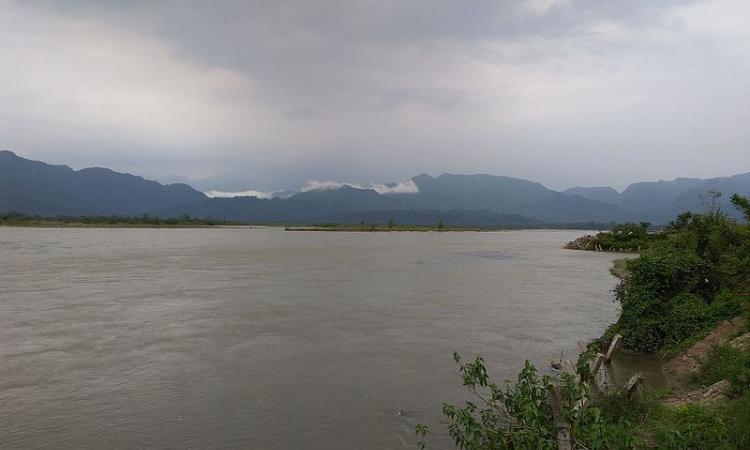
Study finds Pune's groundwater extraction doubles in 9 years
A survey conducted by the Advanced Center for Water Resources Development and Management (ACWADAM) with assistance from the Centre for Environment Education (CEE) and Mission Groundwater, reveals that groundwater extraction in Pune has doubled from around 2 TMC in 2011 to 4 TMC in 2019-19. The survey was done for around 423 dugwells and nearly 51 borewells spread over about 30,000 hectare of areas under the limits of the Pune Municipal Corporation (PMC) and slightly beyond. As per the study, 25 percent of the city's total demand of water was met through groundwater and the city's peri-urban areas such as Aundh, Baner, Pashan, Sinhagad Road, Wadgaonsheri and Dhayari, were most dependent on groundwater. (The Times of India)
High levels of uranium found in Telangana's groundwater
In a survey conducted by the Atomic Minerals Directorate (AMD), it was that groundwater samples across the Lambapur-Peddagattu region, known for large uranium deposits, in Telangana’s Nalgonda district have dangerously high levels of uranium concentration. The findings of AMD have been red-flagged to various government agencies. As per the study, hundreds of borewells dug for drinking and agriculture over the last few decades have led to uranium seeping into the groundwater. At least 30,000 people in the 8 kilometre radius of the Lambapur-Peddagattu region face serious health risks and need to be relocated to safer places. (The Economic Times)
Assam constitutes task force to facilitate Lower Subansiri project
With an aim to revive work on the long-pending 2,000 megawatts (MW) Lower Subansiri project in Arunachal Pradesh, the Assam government has appointed a high power state level task force to facilitate work on the strategic project. India and China are at odds over the diversion of the Brahmaputra river, which originates in Tibet; accelerating hydroelectric projects such as this one would give India first user rights. The task force has been constituted to ensure peace while the project is being executed, because in the past progess was hampered due to violence by rebel groups in Assam, that affected the movement of building material to the site. (Livemint)
WRD to take up survey of Goa's irrigation works for national hydrology project
As part of the National Hydrology Project (NHP), the water resources department (WRD) plans to undertake a hydrographic and topographic survey of the Selaulim and Anjunem irrigation projects. The NHP is a $175 million World Bank project that aims to assess India’s water situation and to create real-time flood forecasting systems across the country. The WRD is also planning to install automatic weather stations (AWS) and automatic rain gauge real time data acquisition systems at various locations across Goa. The department is looking for an agency or consultant to take up the survey. (The Times of India)
No more water trains Chennai as situation improves
As the water situation in Chennai continues to improve, water train services that had been bringing water from Jollarpettai in Vellore district over the past three months, have been stopped. The water wagaon made 159 trips since its operation in July and has transported nearly 420 million litres of water to the city. Chennai Metro Water paid Rs 8.60 lakh per trip to the Southern Railways and two such trips were arranged per day by the railways. After the rains, groundwater levels in the city have improved and even water from the Krishna river started filling the Poondi reservoir. (India Today)
This is a roundup of important news published between October 9 - 15, 2019. Also read policy matters this week.